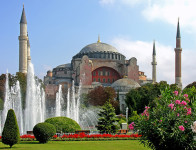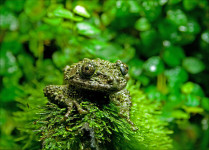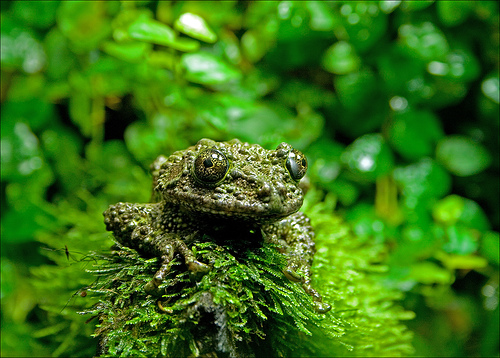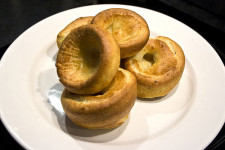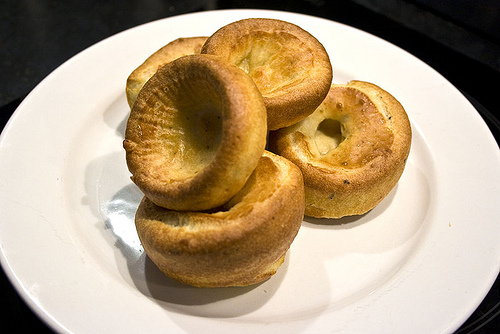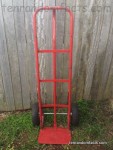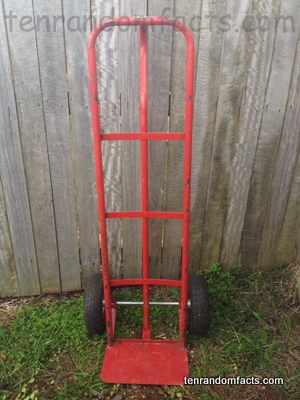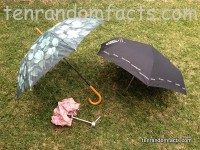
Do you look petite with a parasol or formal with an umbrella?
- Umbrellas are typically handheld inventions used primarily to provide a portable way to protect the user from weather or provide shade.
- ‘Umbrellas’ are also known as ‘parasols’, and they are sometimes called ‘rainshades’, ‘sunshades’, ‘brollies’, ‘bumbershoots’, ‘gamps’ and ‘parapetuies’.
- The term ‘umbrella’ is used more often in referring to the item as a water shield, while the term ‘parasol’ is normally reserved for those used as a heat shield, although both terms are used loosely.
- ‘Umbrella’ comes from the Latin word ‘umbra’ which means shadow or shade, while ‘parasol’ is of Italian origin and combines the words ‘para’ and ‘sole’, which mean ‘to protect against’ and ‘sun’ respectively.
- The Middle Eastern ancient civilisation of Nineveh were possibly the first users of umbrellas, most likely used for shade purposes, and reserved only for the monarchy, however there is evidence of other ancient societies, including Egypt, Rome, Greece and India, producing their own versions.
- China has the earliest known record of a foldable umbrella, dating back to 21 AD, which was purposed for a carriage.
- Europeans began to use umbrellas to block rain in the 1700s, and they slowly replaced the cloak that was commonly used for that purpose.
- While China produced the first retractable umbrella, a modern version that weighed significantly less than others was designed in 1710 by Jean Marius, a merchant from France.
- Umbrellas are typically made of cotton, nylon, plastic or other synthetic materials, and historically silk or leaves were used.
- Umbrellas come in a wide variety of colours, shapes and sizes, although generally they have a domed top and a wire frame work attached to a handle that is straight or in the shape of a ‘J’.
Bibliography:
History of Umbrella and Parasol, n.d, Umbrella History, http://www.umbrellahistory.net/
Umbrella, 2015, Wikipedia, https://en.wikipedia.org/wiki/Umbrella









